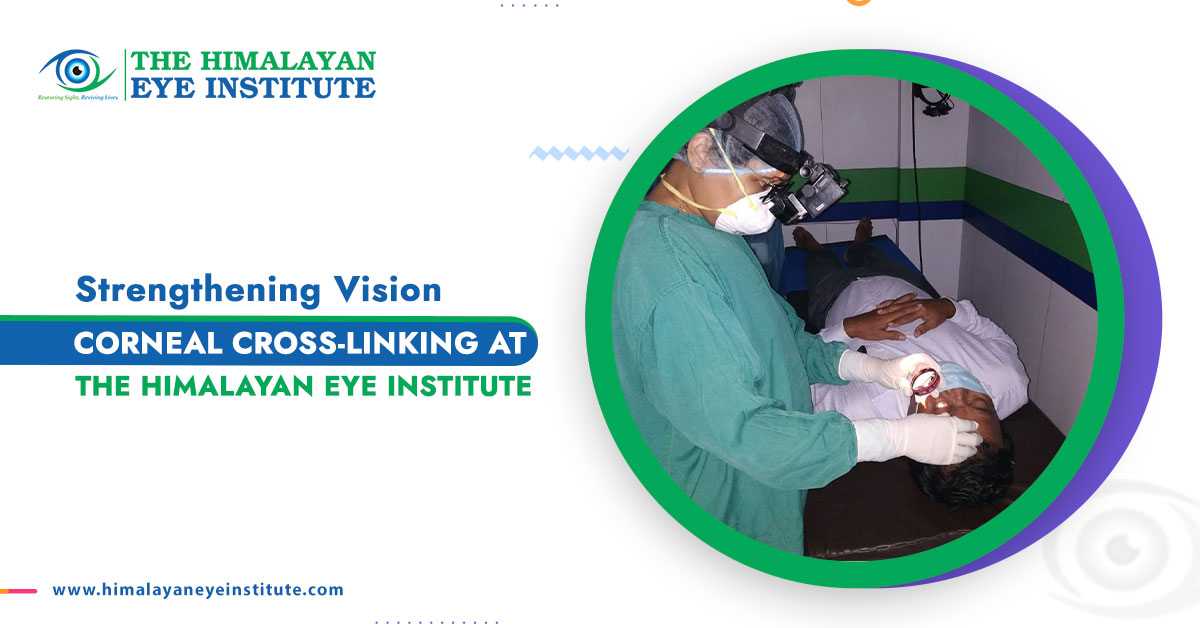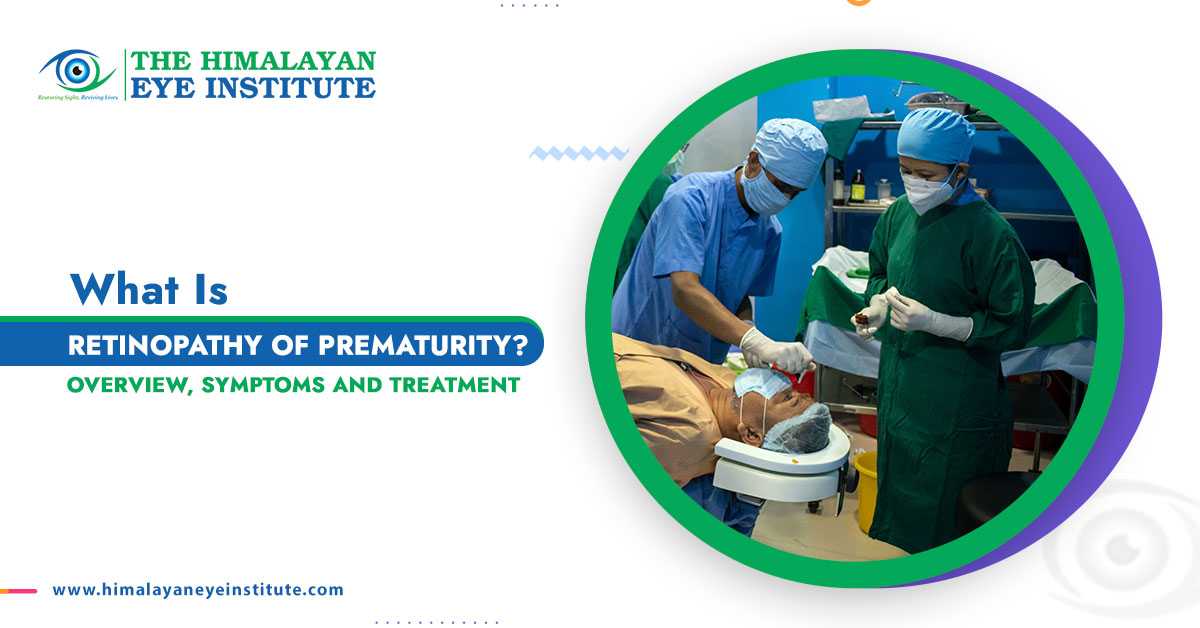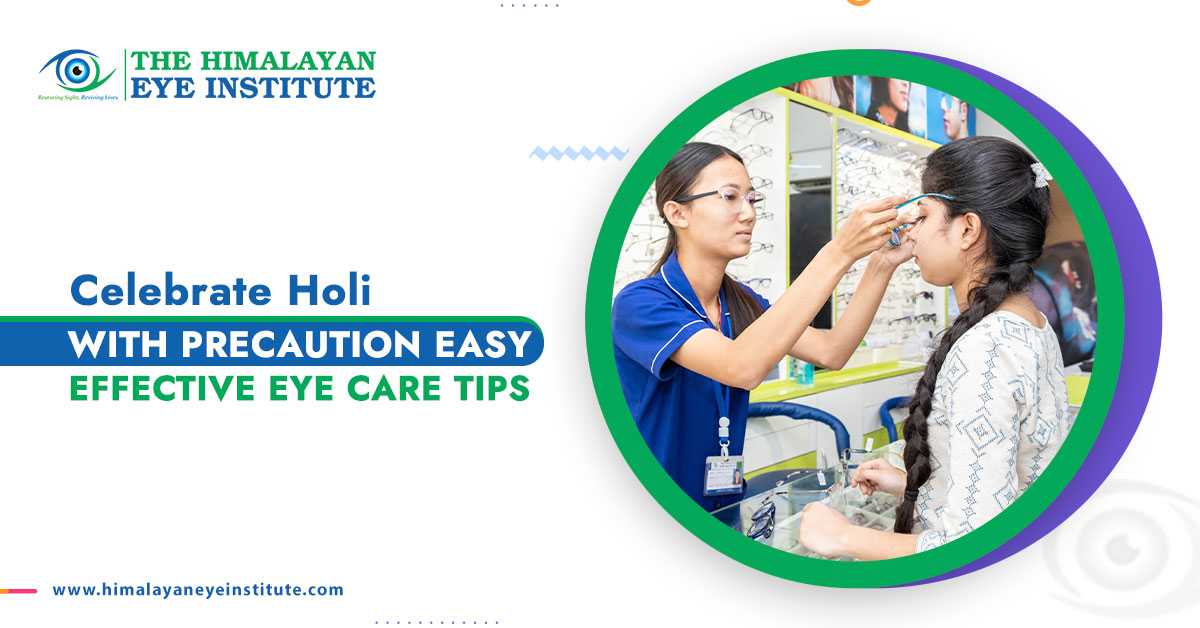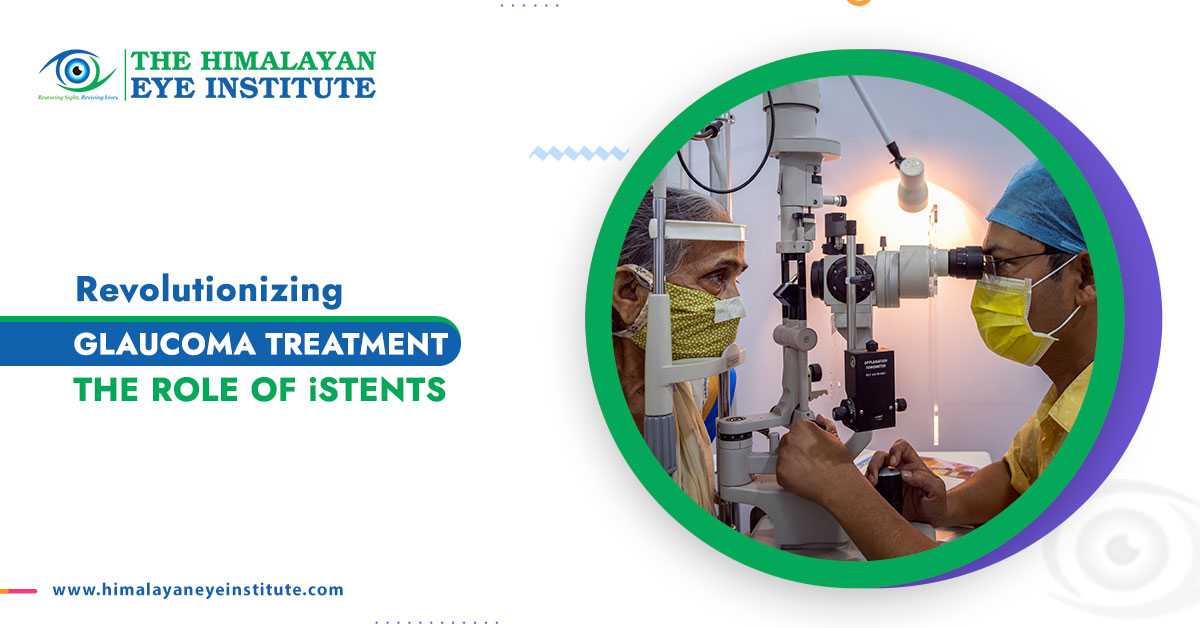Glaucoma is an eye disease responsible for progressive vision loss because of high intraocular pressure, which damages the optic nerve. Because glaucoma progresses slowly and mostly has no early signs, it often goes unnoticed in the beginning stage.
For millions of people worldwide, early diagnosis and innovative treatments are crucial to slow down eyesight loss due to glaucoma. One of the most revolutionary advancements in recent years in eye care is the use of istents - a minimally invasive surgical facility that is revolutionizing the outcome of glaucoma treatment.
Receive the best glaucoma treatment in Siliguri, North Bengal, at The Himalayan Eye Institute. Leading this advanced treatment, our eye hospital is the pioneering ensuring stent technology and providing patients in the area with top-notch eye care.
Overview of Glaucoma and the Challenges It Poses to Vision
A class of eye diseases known as glaucoma harms the optic nerve, usually due to high intraocular pressure, also called IOP. Such pressure increases when the drainage system of the eye malfunctions. It causes pressure to build up inside your eyeball, which can harm vital and sensitive areas of the eye (back of the eye).
Optic nerve injury is the main reason for glaucoma. Intraocular eye pressure acts as the most significant risk factor. Besides early diagnosis, effective and consistent management of intraocular pressure is a good solution to long-term glaucoma care.
Your eyes get nourishment from a substance called aqueous humour, a fluid that travels to the front of your eye through your pupil. This fluid in a healthy eye drain through the trabecular meshwork (mesh-like canals), where the cornea and iris meet at an angle.
But when you have glaucoma, your drainage canals become more resistant. Here, the fluid accumulates in your eye, and your eye is under pressure from this extra fluid. Over time, your optic nerve gets affected by this high eye pressure.
Listed below are some of the most typical signs of glaucoma:
- Pain or pressure felt in the eye
- A recurring headache
- Bloodshot or red eyes
- Double vision
- Blurry vision
- Sudden flashing lights in your vision
- Low eyesight that gradually develops
- Blind spots or visual field impairments, such as tunnel vision
- Any sudden loss of eyesight
Introducing iStents: A Transformative Approach to Glaucoma Management
A cutting-edge eye treatment for glaucoma is a minimally invasive glaucoma surgery (MIGS). A second-generation device used in some MIGS treatments is the i-stent inject. The procedure needs a small incision to place a clinical device like the i-stent inject.
The i-stent is the smallest implanted medical device. It’s a titanium tube, hardly a millimetre long. This device boosts your eye's natural aqueous fluid outflow. This technique assists the drainage of fluid from the eye and lowers the pressure inside the eye.
The stents relieve ocular pressure. This is because i-stents produce tiny channels through which fluid can flow. Basically, i-stent helps reduce your eye pressure, which might stop your glaucoma from growing worse.
iStents: A Minimally Invasive Solution for Intraocular Pressure (IOP) Management
The treatment of glaucoma has been transformed by i-stents, which provide a long-term, small-invasive alternative. It might surpass traditional treatments, like medication or laser therapy. Aqueous humor outflow is improved here, and intraocular pressure (IOP) is lowered with i-stents.
As an effective treatment for glaucoma, i-stents relieve continuous pressure inside your eye. Plus,this treatment can reduce the need for daily maintenance,in contrast to daily medications that must be taken strictly. This MIGS technique,on the other hand, may give long-term IOP reduction with minimal tissue disturbance. Thus, preserving future treatment options.
The Benefits of i-Stents Over Conventional Methods Like Medications and Laser Therapy
In comparison with conventional glaucoma treatments in Siliguri, North Bengal, i-stents provide a great variety of benefits:
- Minimally Invasive: The use of an i-stent causes less tissue disturbance than traditional glaucoma operations, such as trabeculectomy, which improves recovery time and safety.
- Low Medication Dependency: Patients with pigmentary glaucoma, pseudoexfoliative glaucoma, or primary open-angle glaucoma can go for the i-stent inject. It is advantageous for people who want to lessen their dependency on glaucoma meds.
- Enhanced Safety: i-Stents may offer a safer, long-term alternative for controlling IOP because of their low risk of infection and fewer side effects or complications.
- Simultaneous Cataract Correction: Patients can have two serious eye conditions fixed in a single, seamless procedure by combining an i-stent with cataract surgery.
iStent Procedure at The Himalayan Eye Institute: A Patient-Centric Care
Transparency, comfort, and trust are our priorities while treating our patients at The Himalayan Eye Institute. Our i-stent glaucoma treatment in Siliguri is designed to ensure patient safety and optimal results:
Comprehensive Evaluation
Each patient receives a thorough eye examination that includes visual field analysis, IOP readings, and optic nerve imaging before treatment. To know if i-stent is appropriate for you or increases accuracy, we look at the degree of glaucoma and general eye health.
Counselling and Personalized Glaucoma Treatment
Our best glaucoma doctors in Siliguri use simple language to discuss the process, risks, projected results, and aftercare. The treatment approach is patient-centric that it meets the specific eye condition of each patient.
State-of-the-Art Surgical Site
To ensure accuracy, the i-stent is implanted in our state-of-the-art surgical theatre using the latest phacoemulsification and visualization technology. The operation site is well-defined at our eye hospital.
Postoperative Monitoring and Support
Long-Term Care and Vision Preservation
At our eye hospital in Siliguri, we foster long-term connections with our patients by providing routine monitoring and lifestyle advice to maintain and preserve vision.
The surgery here takes some five to ten minutes to implant an i-stent in people with glaucoma. Although it may be done alone, it is frequently carried out after cataract surgery, under a local anaesthetic. Following surgery, your eye surgeon will place a protective plastic shield over your eye.
Attend all your follow-up check-ups and use your eye drops as directed by your eye specialist. For four weeks following your surgery, you must avoid heavy lifting, jumping, and swimming, and make sure you don't press on your eye. Otherwise, there are no long-term activity limitations after i-stent surgery.
The Himalayan Eye Institute is honoured to provide some of the region's best ophthalmologists with expertise in advanced eye diagnostic and surgical procedures. From the OCT RNFL scan by 3D OCT-1 Maestro, which gives detailed structural assessment of the nerve, to MIGS-trained surgeons and modern operating rooms, our eye hospital is a comprehensive facility. Reach out to our top glaucoma doctors.






